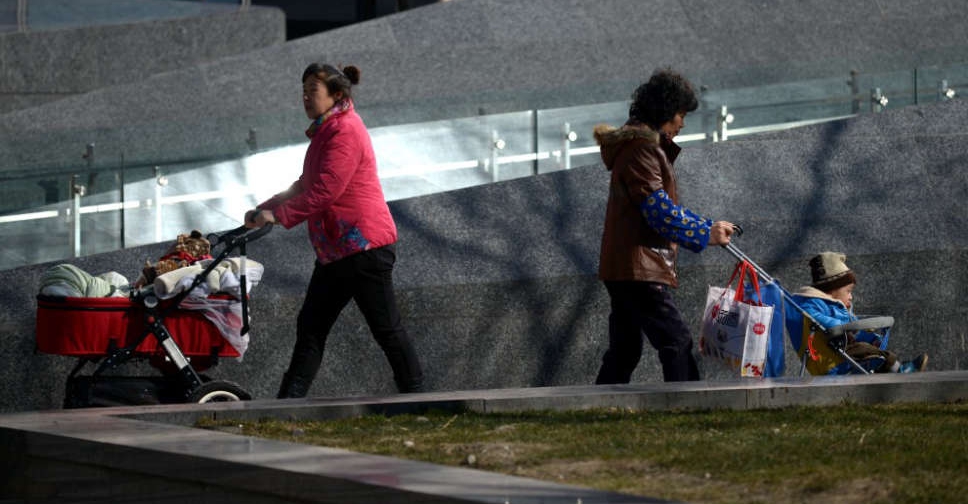
The death rate in China's capital Beijing surpassed its birth rate in 2022, official data showed on Tuesday, pushing its natural population growth into negative territory for the first time since 2003.
The death rate in the city of 21.84 million, one of the country's most populous urban centres, rose to 5.72 deaths per 1,000 people, while the birth rate fell to 5.67 births per 1,000 people, official statistics released by the Beijing government showed.
Beijing's population decline was in line with national trends, with China's population falling last year for the first time in six decades, weighed down by rising living costs especially in big, sprawling cities like Beijing, weak economic growth, and changing attitudes towards raising a family.
"These figures are expected, especially for Beijing," said Xiujian Peng, senior research fellow at the Centre of Policy Studies at Victoria University in Australia.
The birth rates in Beijing and other cities and provinces are calculated based on the permanent residents, not including migrant population, she said.
"Given the high living and education cost and education levels in Beijing, it is very normal that the birth rate of permanent residents is low," she said adding that Beijing's figures were consistent with the national average figure.
In early December, a nationwide lifting of strict COVID-19 curbs triggered a wave of infections and caused an unknown number of deaths.
Beijing's natural population growth was minus 0.05 per 1,000 people last year.
The data was based on a sample survey that began on November 1, according to a footnote in the release, which did not specify how long the survey took.
China's birth rate last year was 6.77 births per 1,000 people, the lowest on record, while the country's death rate, the highest since 1974, was 7.37 deaths per 1,000 people.
Concerned by China's shrinking population, political advisors to the government have come up with more than 20 recommendations to boost birth rates, though experts say the best they can do is to slow the population's decline.



 Israeli attacks on Gaza killed 60 people in 24 hours
Israeli attacks on Gaza killed 60 people in 24 hours
 Trump fires National Security Agency director
Trump fires National Security Agency director
 Israel steps up Syria strikes, says Turkey aims for 'protectorate'
Israel steps up Syria strikes, says Turkey aims for 'protectorate'
 US sending Israel 20,000 assault rifles that Biden delayed
US sending Israel 20,000 assault rifles that Biden delayed



